When mobile phones became inseparable allies, and users began to use them for much more than just making calls and sending messages, other elements of our daily lives were forced to evolve to adapt to changes. Cars were undoubtedly one of these elements.
Today, it isn’t easy to find a new car that is not compatible with platforms such as Google’s Android Auto or Apple CarPlay, or both. However, going back several years, we find MirrorLink, the platform born to become the standard of infotainment applied to vehicles. Even today is still a reference and is used by thousands of car models of all the world.
Maybe your car is compatible with MirrorLink and either through ignorance or simply because they prefer to use other platforms, do not know the benefits and advantages of this tool. Therefore, in this guide, we want to review all the functions that MirrorLink offers, in addition to explaining step by step how it is used in case you have a car compatible with the technology.
What is MirrorLink, and how does it work
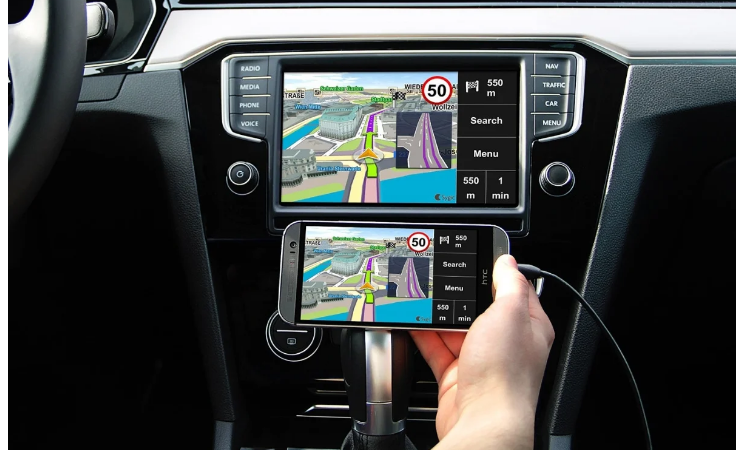
It was in 2011 when the researcher Jörg Brakensiek from the Nokia Research Center in Palo Alto decided to take and adapt the results of the _NoBounds! Project – aimed at improving the usability of mobile phones and smartphones by projecting their interface on larger screens – to the automotive industry. Initially, the tests were carried out with devices such as the Nokia N800, and technologies such as Open GL ES were used to develop the graphic section.
When the development process had already advanced, and the first tests were bearing fruit, one of the members of the CE4A company –Consumer Electronics for Automotive- decided to contact Nokia so that both companies could begin to collaborate. After a few months, they developed what was then known as Terminal Mode. This terminal mode is considered the precursor of the current MirrorLink. It was in 2010 when the first vehicle – conceptual, yes – equipped with this technology was shown during the Geneva Motor Show.
However, the first time Terminal Mode was introduced in a retail vehicle was later that year, with the Volkswagen Passat being the first car to support the technology. In addition, from that moment on, some manufacturers of infotainment devices for vehicles such as Alpine, Continental or Clarion, joined the initiative by creating their adapters compatible with Terminal Mode.
Now approaching the year 2011, the group formed by Nokia and CE4A became what is now known as the CCC –Car Connectivity Consortium–, currently developed by several world leaders in the automotive and electronics industry, where any company that wants to do your bit through innovation and development of road safety through technology, you can. It was also in 2011 when Terminal Mode was officially renamed MirrorLink.
Currently, MirrorLink is a control standard that allows any smartphone –compatible, of course– to be controlled through the different controls of a vehicle, whether those included on the steering wheel, on the dashboard, or, mainly, by the main screen. The technology allows the driver to access the applications installed on the mobile while driving, thanks to an interface and controls optimized so as not to endanger their circulation or that of those around them.
Unlike other similar platforms such as Android Auto or Apple’s CarPlay, MirrorLink can be implemented on any smartphone with any operating system regardless of the software version running inside.
How to use
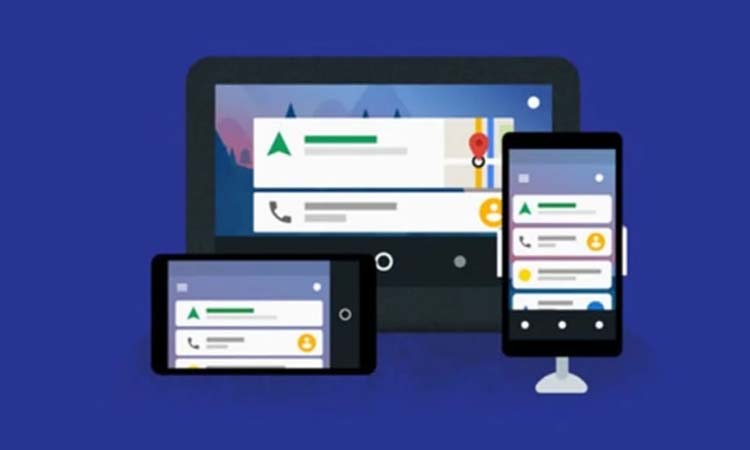
The operation of MirrorLink consists of projecting the applications installed on the smartphone on the screen of the vehicle’s infotainment system, with an interface adapted to facilitate its use while driving. To do this, the smartphone must be connected to the car through one of the vehicle’s USB ports.
In cars that are not compatible, it is also possible to use MirrorLink through after-sales platforms of firms such as Sony, Pioneer, or Boyo, among many others. Regardless of the connection method, the operation of MirrorLink will be the same in all cases.
Are my mobile and my car compatible with MirrorLink?
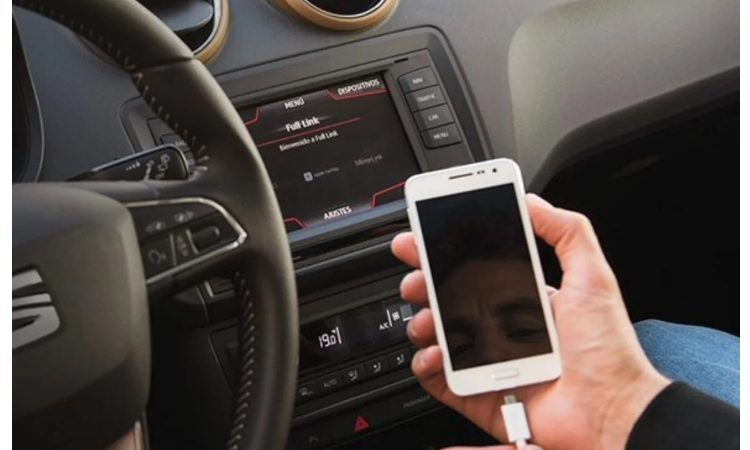
To use MirrorLink, it is necessary to ensure that both the smartphone and the vehicle you intend to use have the MirrorLink Certificate.
This certificate not only means that they are indeed compatible with the technology above but also ensures that they have been approved by a CCC certification laboratory for their correct operation while driving.
Compatible mobiles
Next, we list the brands and models of mobile phones that have official support for MirrorLink. Today, yes, it is confirmed that neither the Google Pixel nor the OnePlus models, among other companies, can use MirrorLink. The models are taken from the official website of the platform. Still, there are likely much more compatible with the technology that has not been added to this list. For some reason, their manufacturers decide to keep this certification secret.
Huawei
- P10 and P10 Plus, P20 and P20 Pro
- Mate 10 and Mate 10 Pro, Mate 20 and Mate 20 Pro
HTC
- U11 and U12 +
- One M8, M8 Eye, M9, M9 +
- A9, E8, and E9
- Desire 816, Desire EYE, Desire 810, Desire 820 Mini
Samsung
- Galaxy Note4, Note 5, Note Edge, Note8
- Galaxy S5, S6 and S6 edge, S7 and S7 edge, S8, and S8 +, S9 and S9 +
- Galaxy A3, A5, A7, A8, A8 Pro, and A9
- Galaxy C5 and C7
LG
- G4, G5, G6, G7
- V10, V20, V30, V30, V40
Sony
- All Xperia Z series
- Xperia XZ, Xperia XZ Premium, Xperia XZ1, Xperia XZ2, Xperia XZ3
Compatible cars
Several brands collaborate with the CCC, and therefore its most popular models are certified for MirrorLink. These are some of the supported cars that are listed on the platform’s official website:
Citroën
- Berlingo
- C1
- C3
- C4
- C5
- Jumpy
- Space tourer
DS
- DS3
- DS3 Convertible
- DS4
- DS5
Sling
- Civic
- CR-V
- Jazz
KIA
- K5
- Sportage
- K7 Hybrid
Mercedes-bench
- A class
Peugeot
- Partner
- 108
- 208
- 2008
- 3008
- 508
- 5008
- Expert
- Traveler
SEAT
- Alhambra
- Lion
- Ateca
- Ibiza
- Toledo
SKODA
- Superb
- Yeti
- Fabia
- Octavia
- Rapid (Speceback)
Smart
- Fortwo
- Forfour
Suzuki
- SX4 Cross
- Vitara
- Baleno
Toyota
- Aygo
- Crown
Volkswagen
- pole
- Passat
- Golf
- Beetle
- Touran
- Sharan
- Tiguan
- Scirocco
- Amarok
- Caddy
- California
- Caravelle
- Multivan
What can be done with MirrorLink: compatible apps
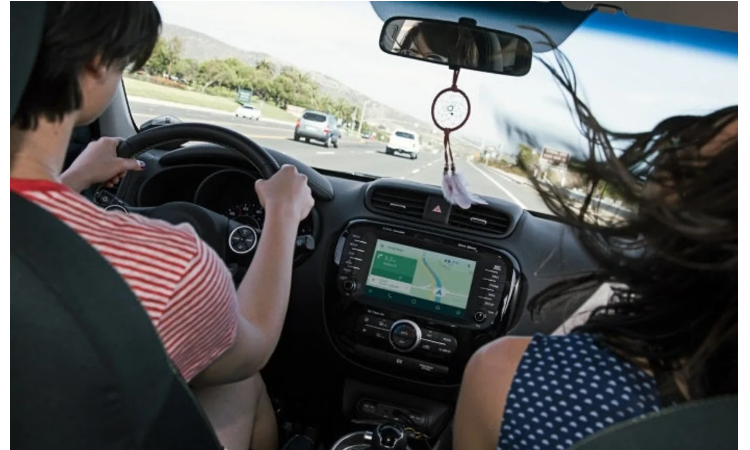
As indicated at the beginning, since MirrorLink is a platform that projects the smartphone’s content on the vehicle screen, the possibilities are practically endless. It is possible to access map applications to navigate and organize trips, listen to music through the most famous music platforms, or contact other people. To do this, of course, you will have to use the appropriate applications, and these are some of those compatible with MirrorLink.
Music and audio apps
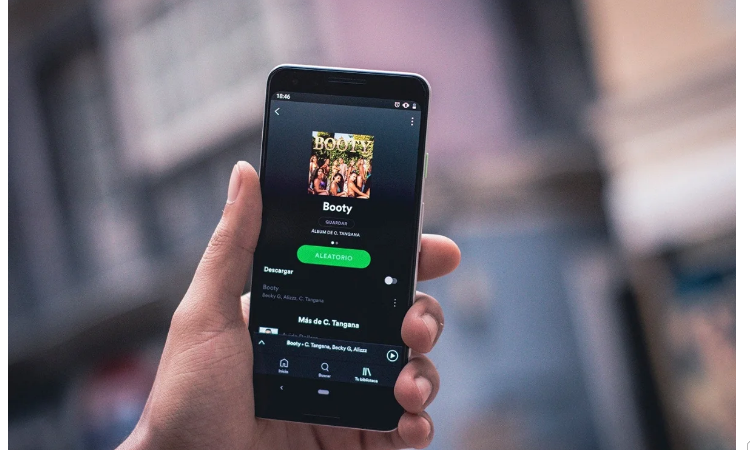
Audioteka
Deezer Music
Spotify
Dash Radio- Free Premium Radio, No Commercials
Podcast player
RockScout, by MirrorLink
Maps and navigation apps

Parkopedia
Glympse for Auto – Share GPS
Lifestyle apps

The weather channel
Although the list of applications compatible with MirrorLink is not very extensive, over time, more and more developers will likely decide to launch their bets oriented to this platform or update their current apps to support MirrorLink. As new utilities appear, we will update the list of apps in this article.

Sharlene Meriel is an avid gamer with a knack for technology. He has been writing about the latest technologies for the past 5 years. His contribution in technology journalism has been noteworthy. He is also a day trader with interest in the Forex market.










